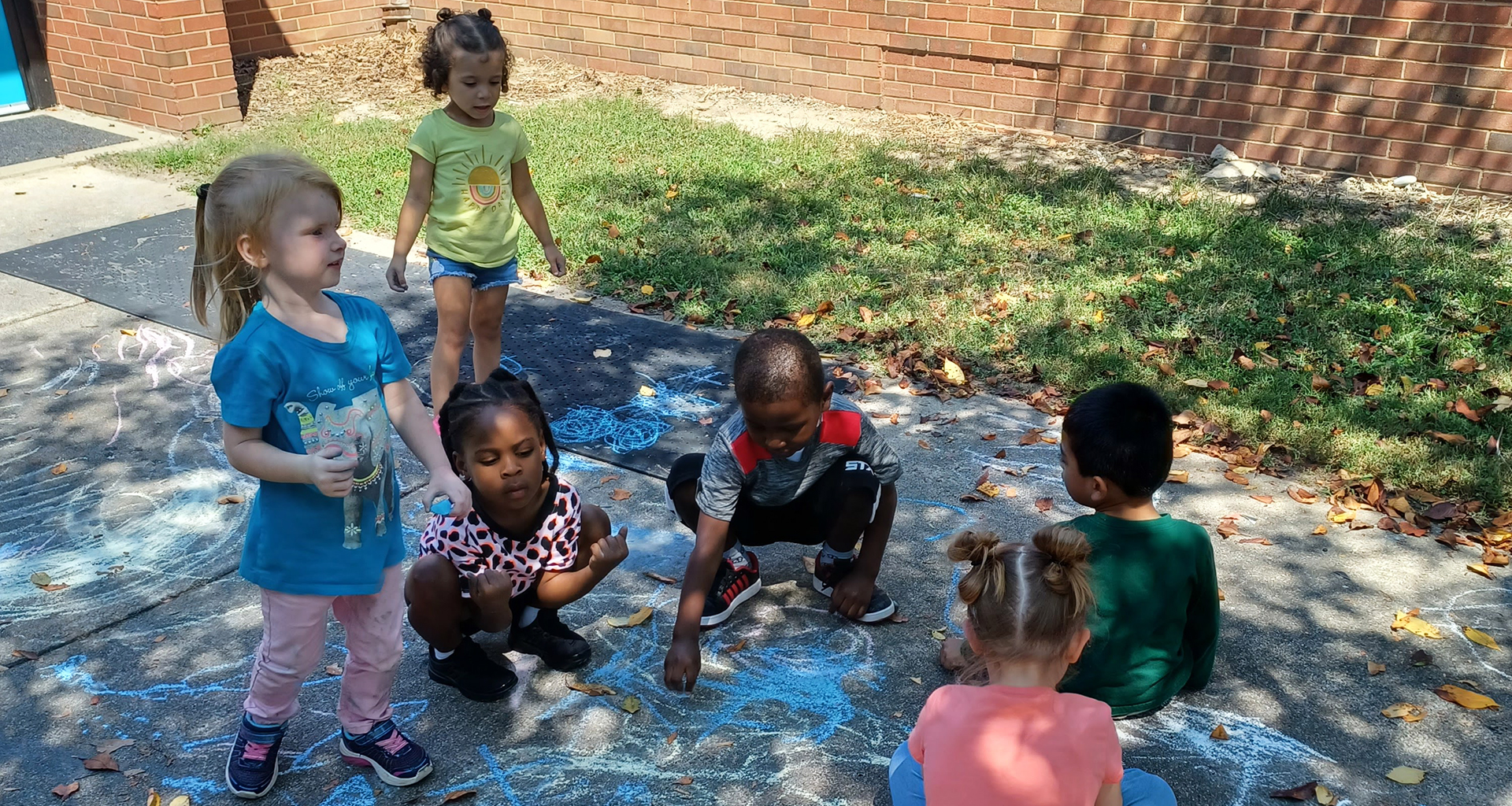
Kindergarten Ready
K-Ready Skills
Get your preschooler ready for kindergarten
The following is a guide that will help you to teach your child academic and social capabilities to prepare them for their monumental first day.
We have pulled together various resource from skill lessons to video resources and also links to outside resources to help guide you along the way.
Early Literacy Skills
From the moment a child is born, language and literacy begin providing an essential foundation for that child’s success in school. We all know that literacy, the skills required to read, write, and process information, strengthens our communication skills allowing us to interact with the world around us. Early literacy is exposing young children to reading and writing before they are able to do it on their own. Reading, talking, playing and singing are ways to help encourage literacy growth in your child.
Everyday Learning Opportunities For Literacy
Do you want more ideas for quick and easy early literacy activities to do at home with your upcoming kindergartner? Watch these 2-3 minute videos created by our CCPS staff and early childhood community supporters.
Playlist
Early Math Skills
Before starting school, most children naturally develop an understanding of math concepts through everyday interactions. This is because math is everywhere! Children see their parents counting out silverware, cooking, telling time, doing household projects, and playing games. This exposure helps to build early math skills which will be the foundation for later learning.
Everyday Learning Opportunities For Math
Do you want more ideas for quick and easy early literacy activities to do at home with your upcoming kindergartner? Watch these 2-3 minute videos created by our CCPS staff and early childhood community supporters.
Playlist
Early Steam Skills
From the moment a child is born they are curious and ready to explore the world to learn how things work. This is the essence of STEAM learning. STEAM stands for Science, Technology, Engineering, Art and Mathematics.
Everyday Learning Opportunities For Math
Do you want more ideas for quick and easy early literacy activities to do at home with your upcoming kindergartner? Watch these 2-3 minute videos created by our CCPS staff and early childhood community supporters.
Playlist
Fine Motor Skills
Motor skills are skills that enable the movements and tasks we do with our bodies on a daily basis. Gross motor skills use the large muscles in the body and include movements such as walking, jumping, skipping, and throwing a ball. Fine motor skills are those skills that require control and precision in the small muscles of the hand like using a pencil. Both of these skill types are important in the development of young children.
Everyday Learning Opportunities
Do you want more ideas for quick and easy fine motor building activities to do with your upcoming kindergartner? Watch these 2-3 minute homemade videos created by our CCPS staff and early childhood community supporters.
Playlist
Social Emotional Skills
Social and emotional development is a child’s ability to have empathy and understand others, control his or her own feelings and behaviors, get along with other children, and build secure relationships with adults. In a nutshell, it involves the way one feels about themselves and others and the world.
See The Videos Below To Get More Fun Ideas To Support Your Child’s Social Emotional Development
Playlist
Community Resources For Supporting Early Learning
Chesterfield County Parks and Recreation – Need ideas for a family outing? Want to get out and explore a new place close to home? There are so many ways to experience Chesterfield through the great outdoors or through a recreational program. Visit the Parks and Rec website to learn more.
Children’s Museum of Richmond – Did you know that the Chesterfield location of the Children’s Museum of Richmond is on Hull Street? Plan your visit by perusing their website! Also check out their blog.
Chesterfield County Public Library – Your local library is a power house of information! You will find so many events, resources, and supports by visiting a CCPL branch today! Be sure to watch CCPL Online Storytime. Use the button below to access their videos on YouTube.
Greater Richmond Fit for Kids – Greater Richmond Fit4Kids is a non-profit organization dedicated to improving children’s health and reducing the prevalence of childhood obesity in the Richmond region. We do this by offering innovative programs that promote physical activity and healthy eating in schools, community organizations, and beyond.
Positive Parenting – Check this site for resources and classes for Chesterfield children and parents!
VPM – Virginia’s home for Public Media, VPM is committed to fulfilling the promise of public broadcasting by using the power of media to enrich the human spirit and make our community a better place. They offer many learning opportunities for families and children of all ages.
